Remember when our homes were filled with gadgets and gizmos that seemed absolutely essential to daily life? It’s amazing how quickly technology and changing lifestyles have rendered so many once-common household items obsolete. Take a walk down memory lane as we revisit these forgotten treasures that used to be in virtually every American home but have now largely vanished from our lives.
1. Rotary Phones
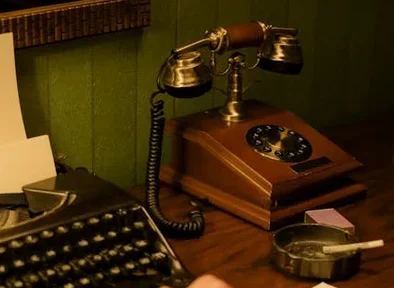
That satisfying circular motion as you dialed each number, the gentle resistance against your finger, and the melodic clicking as the dial returned to position—rotary phones were once the centerpiece of home communication. The phone table or nook was a designated spot where families would gather to make important calls or chat for hours with friends and relatives. Ooma dials up the nostalgia for this piece of tech and shares some fascinating trivia about the rotary phone that’s sure to spark memories.
Today’s children would be utterly perplexed if handed one of these technological ancestors, likely wondering where the touchscreen is or how to send a text. The physicality of communication has been lost, replaced by sleek smartphones that do everything except deliver that tactile satisfaction of a good, solid dial.
2. VCR Players

Friday nights once revolved around trips to the video rental store, carefully selecting movies, and ensuring you’d “be kind and rewind” before returning them. VCRs commanded prime real estate in entertainment centers, often displaying the blinking “12:00” that reminded us we never quite figured out how to set the clock. Retro Thing harbors deep fondness for VHS tapes, most especially because they’ll stay exactly where you left them, for better or worse.
The ritual of inserting a tape, hearing the mechanical whirring, and occasionally having to rescue a beloved film from being “eaten” by the machine was all part of the home movie experience. Few moments were as disappointing as discovering someone had taped over your favorite show or as satisfying as successfully programming a recording while you were away.
3. Phone Books
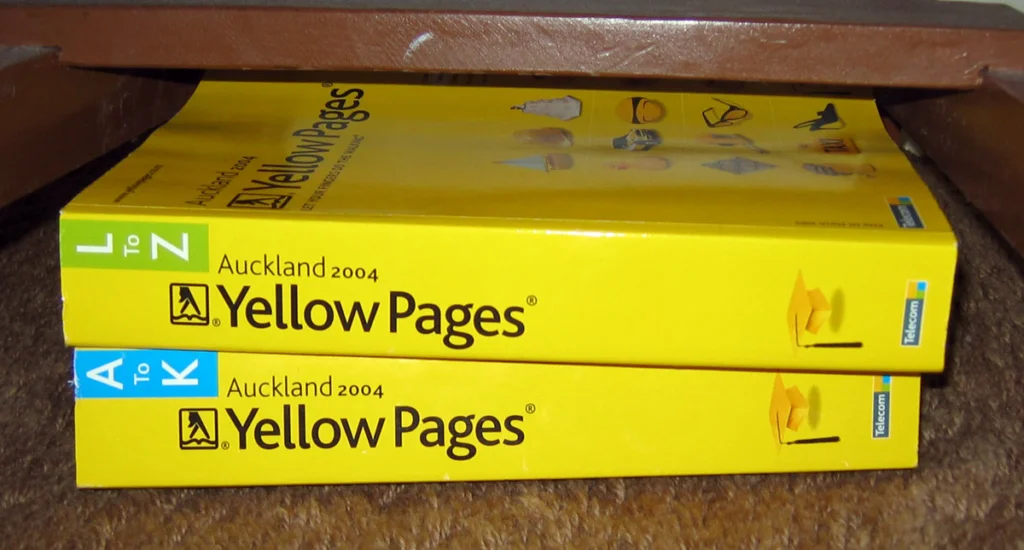
Those massive yellow and white tomes delivered annually to every household were once our only connection to the businesses and people in our communities. Phone books were so ubiquitous that they became impromptu booster seats, doorstops, and even strength-training equipment for those ambitious enough to tear one in half. The Ames Tribune reads deep into the full context of what led to the downfall of the phone book.
Children would spend hours looking up funny names, and businesses fought for prominence with AAA or multiple A prefixes to their names. The satisfying rip as you tore out a needed page or the determined flipping through tissue-thin pages to find a number represents a tangible connection to information that search engines have completely replaced.
4. Alarm Clocks
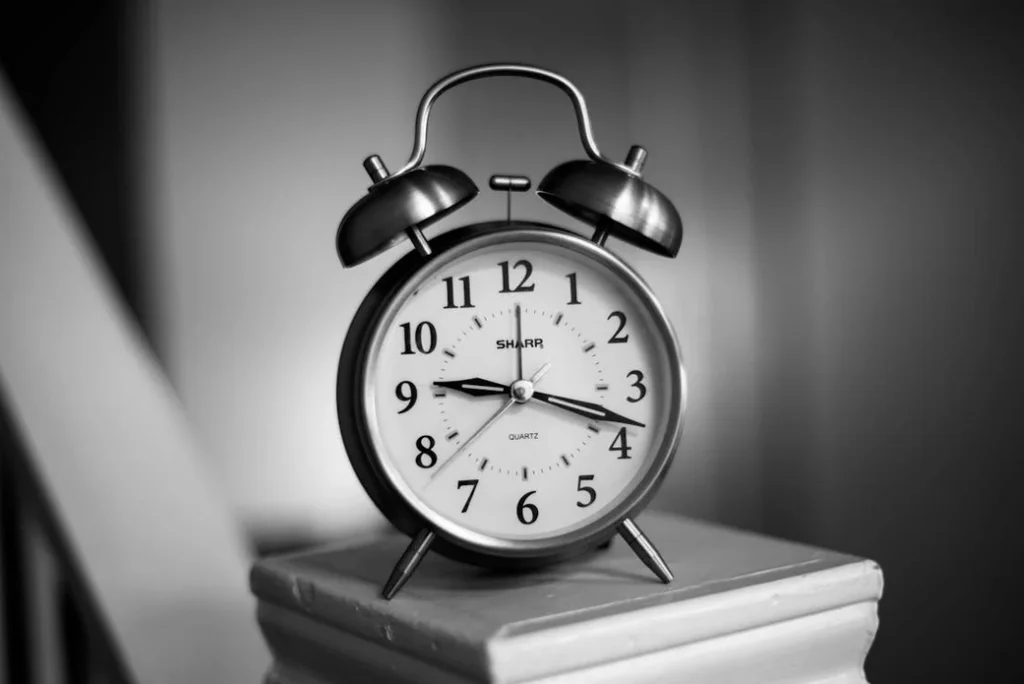
Those faithful bedside companions with their glowing red digits or mechanical faces were once responsible for getting entire households moving in the morning. The solid feel of the snooze button under your palm or the satisfying click of setting the alarm time provided a ritualistic ending to each day.
Few sounds are as universally recognized as the jarring “BRRRINNNNG” of a traditional alarm clock, cutting through dreams to announce another day has begun. Modern phones have silently usurped this once-essential item, replacing mechanical reliability with endless customizable digital alarms.
5. Encyclopedias

Those impressive matching volumes lined up on bookshelves were once the crown jewel of a family’s commitment to knowledge and education. Door-to-door salesmen convinced parents that these expensive sets were essential investments in their children’s future, promising answers to every homework question.
The weight of pulling down a volume, the whisper of thin pages turning, and the satisfaction of finding exactly what you needed created a tangible connection to learning. Today’s students will never know the disappointment of discovering the volume containing your research topic was missing or the triumph of finding a color plate illustration exactly when you needed it.
6. Address Books
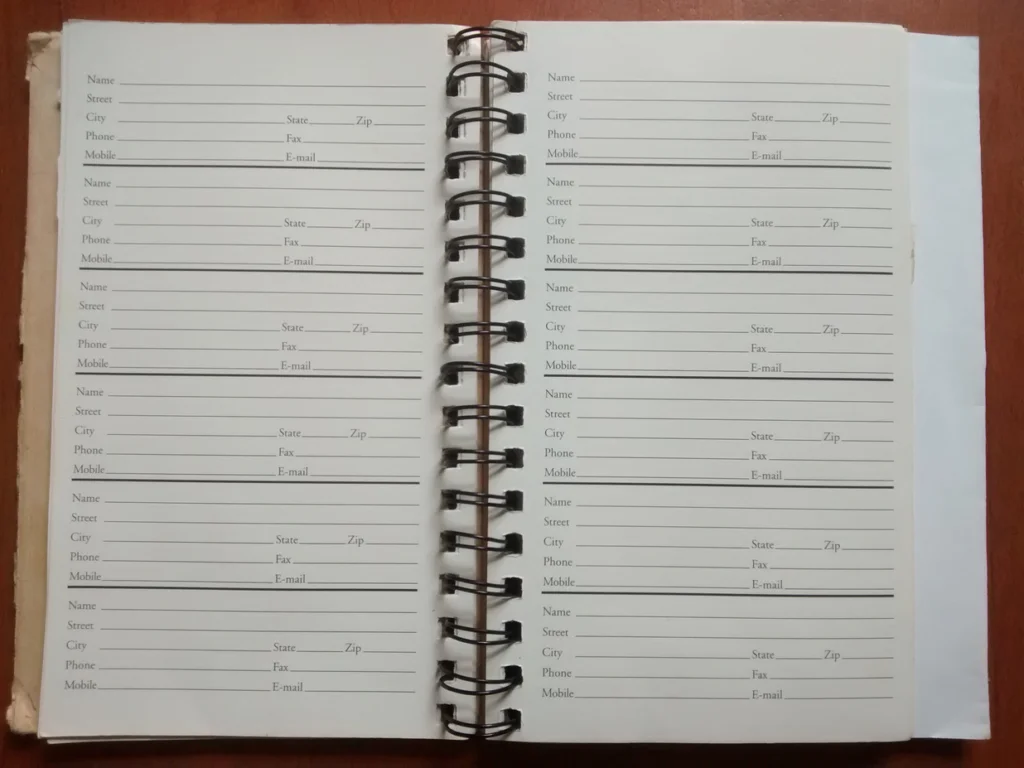
Those little alphabetized notebooks filled with carefully recorded phone numbers and addresses were once our lifeline to friends and family. Each entry represented a relationship worth maintaining, often marked with cross-outs and updates that told the story of people moving through our lives.
The personal touch of recognizing handwriting or noting which entries were written in different colored inks has been lost to digital contacts. Many of us still have these relics tucked away in drawers, unable to discard them even though every number has been transferred to our phones.
7. TV Antennas
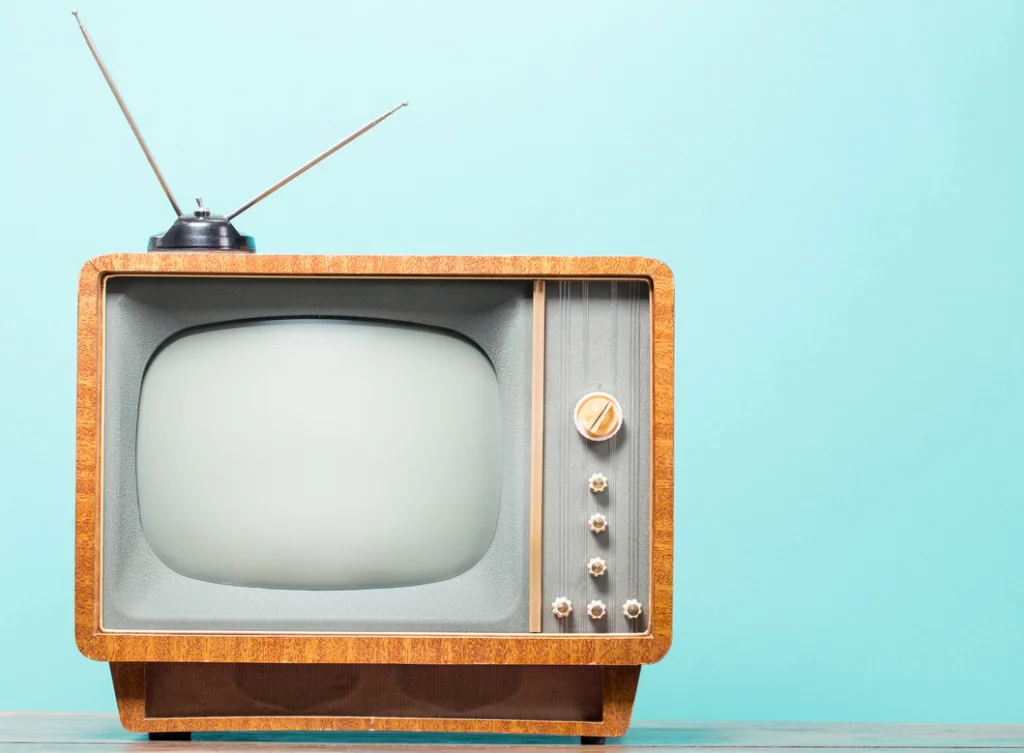
Those spindly metal apparatuses perched atop houses or the infamous “rabbit ears” sitting on television sets were once adjusted with scientific precision for the clearest picture. Family arguments would erupt over who had to stand holding the antenna in the perfect position while everyone else enjoyed the show.
The dance of aluminum foil additions, precise angle adjustments, and the collective cheer when the snow cleared from the screen was a shared national experience. Modern streaming viewers will never know the suspense of watching through static, hoping the weather would hold long enough to see the end of your favorite program.
8. Slide Projectors
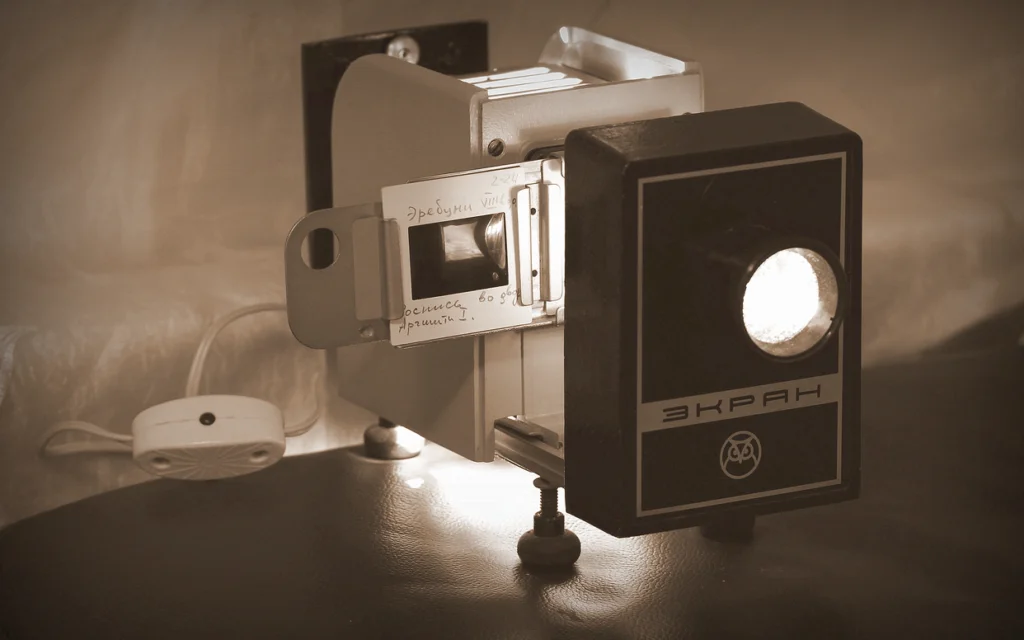
The ceremonial setup of the projector and screen transformed ordinary evenings into special family events filled with memories. The distinctive click-whirr as images advanced, accompanied by narration from the family photographer, created a shared viewing experience unlike today’s casual phone scrolling.
Living rooms would grow dark except for the beam of light projecting vacations, holidays, and celebrations onto the waiting screen. The occasional upside-down or backward slide would bring gales of laughter, while the warm mechanical hum of the projector fan provided a comforting background soundtrack to these family gatherings.
9. Card Catalogs
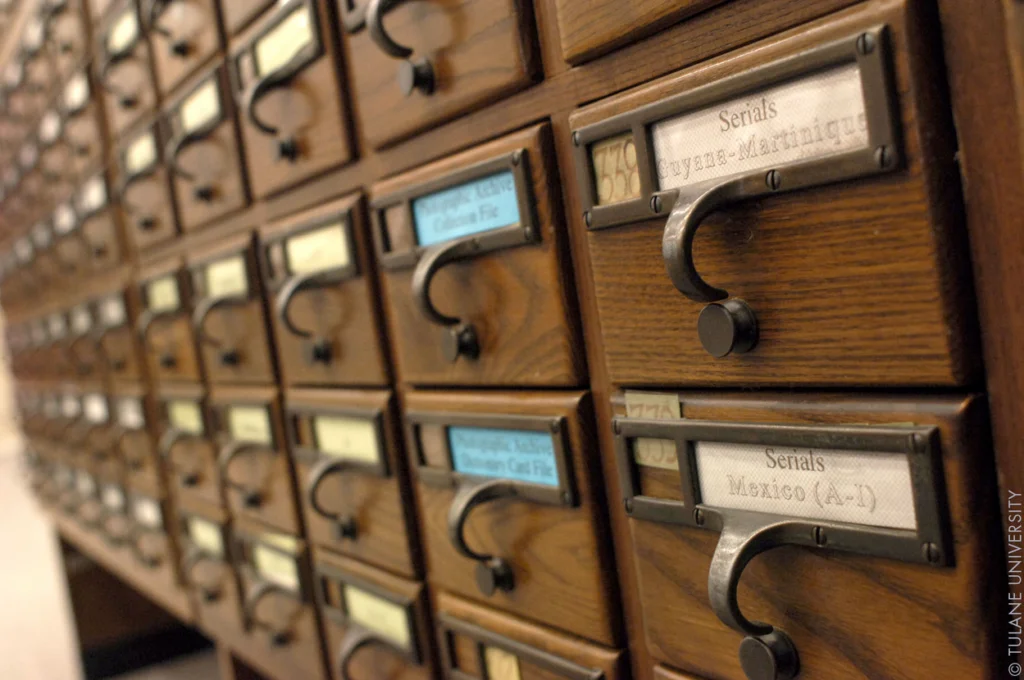
Libraries once housed enormous wooden cabinets filled with thousands of meticulously typed cards guiding readers to their next adventure. The smooth wooden drawers sliding open with a gentle resistance revealed perfectly aligned cards containing the collective knowledge of humanity organized by author, title, and subject.
Flipping through these cards, feeling the texture of quality card stock beneath your fingers, and pulling the slender pencils from their holders to jot down call numbers was a tactile beginning to every research project. The Dewey Decimal System was once common knowledge for students who navigated these analog databases with the same facility that today’s youth navigate search engines.
10. Cassette Tapes

Creating the perfect mix tape for a crush or road trip was an art form requiring patience, timing, and deep musical knowledge. The plastic cases lined up on bedroom shelves represented our personalities, musical journeys, and emotional landscapes more authentically than any digital playlist.
The intimate sound of rewinding or fast-forwarding, hoping to land at the perfect spot between songs, created a physical relationship with music that streaming can’t replicate. Many of us still remember the heartbreak of a tape unspooling and the careful surgical repair with pencils and patience that followed.
11. Carbon Paper
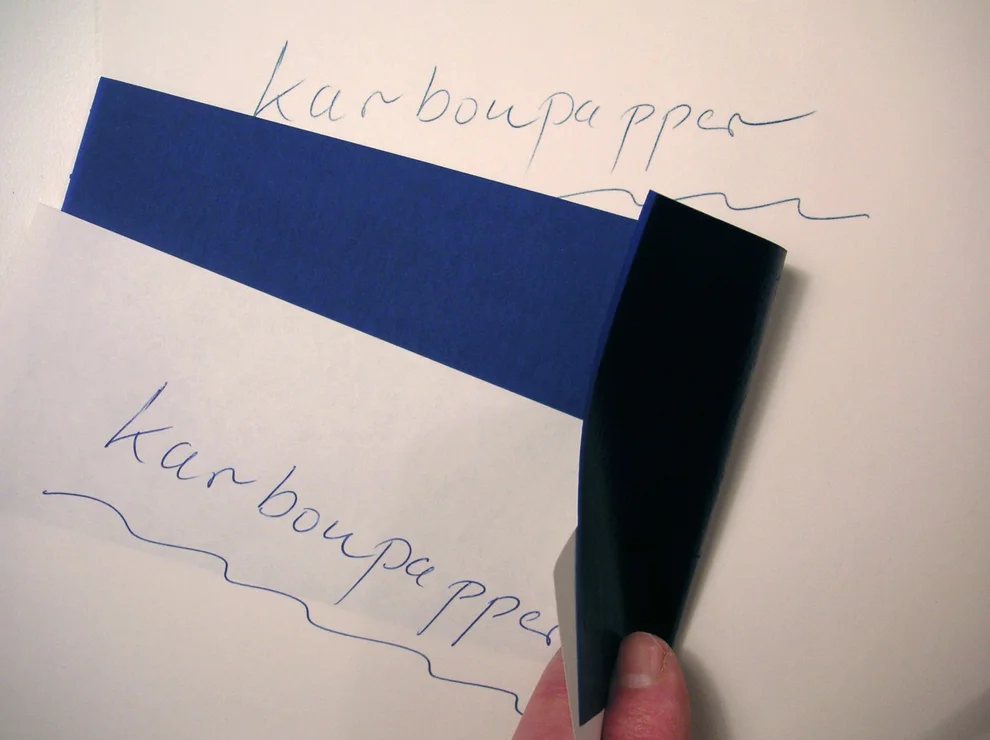
Before photocopiers and printers became commonplace, this thin, messy paper inserted between documents allowed us to create duplicate copies of important information. The blue-black smudges that inevitably transferred to fingers, clothing, and furniture were the mark of office workers and form-fillers everywhere.
The anticipation of removing the layers to see if the impression had transferred clearly enough to be legible added an element of surprise to administrative tasks. Modern workers complaining about printer jams have no appreciation for the challenges of aligning multiple carbon copies or the satisfaction of peeling apart the layers to reveal perfect duplicates.
12. Floppy Disks
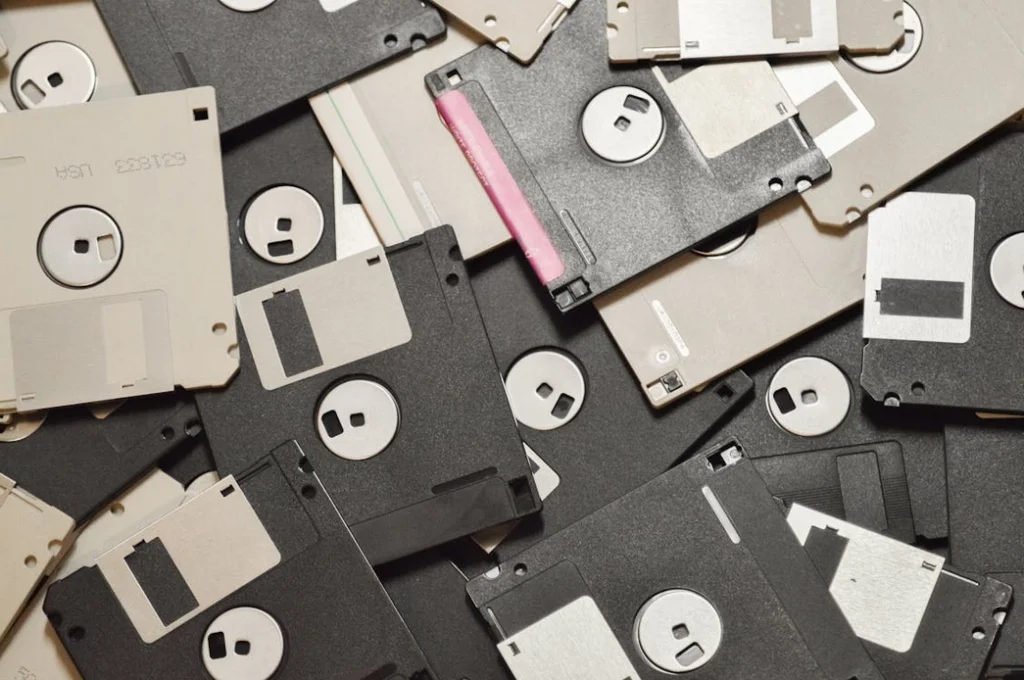
Those square plastic guardians of our digital information were once carried reverently between home and school or office, containing precious documents and data. The satisfying click as they slid into drives and the grinding whirr of data being read created a physical connection to digital information that cloud storage can’t replicate.
Labels were carefully applied, contents meticulously cataloged, and the small sliding metal protectors were engaged to keep our precious data safe. An entire generation understood that the “save” icon represents these obsolete storage devices, though many have never actually held one in their hands.
13. Paper Maps
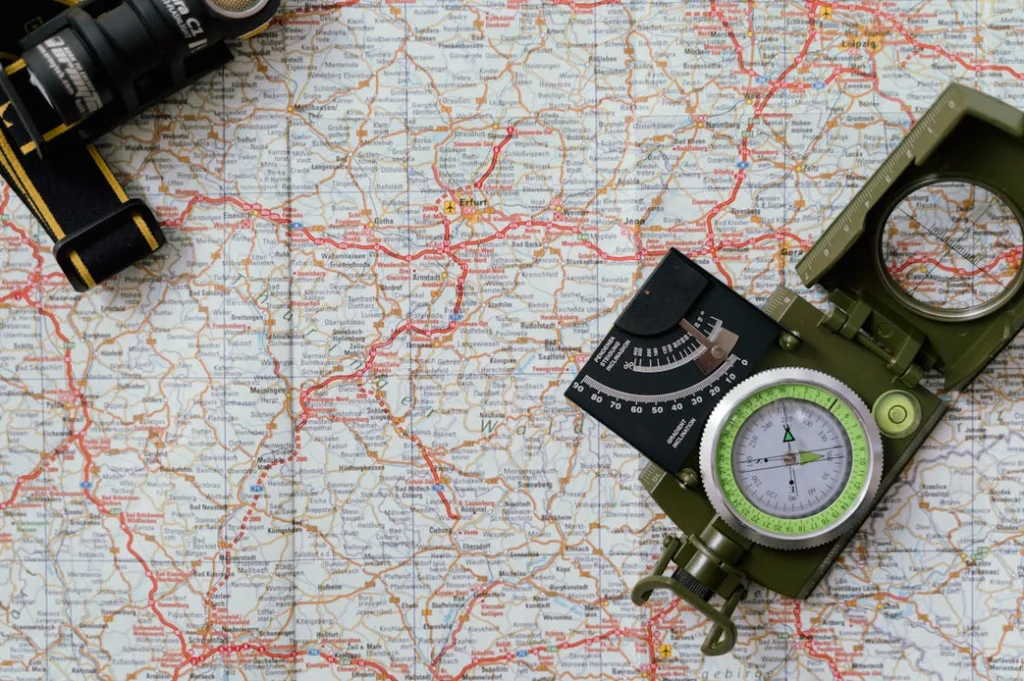
Those unwieldy, impossible-to-refold guides once occupied a special place in every car’s glove compartment or door pocket. Road trips began with ceremonial map consultations, routes highlighted in marker, and navigators appointed to guide drivers through unfamiliar territory.
Arguments over missed turns and debates about the best route were as much a part of travel as the destinations themselves. The perspective gained from seeing entire states and countries spread before you on paper has been lost to the efficient but narrow view of GPS directions focusing only on the next turn.
As we’ve traded these physical objects for digital alternatives, we’ve gained convenience but perhaps lost something of the tangible connection to our daily tasks and memories. These items may have disappeared from our homes, but they remain vivid in our collective memory—touchstones of a not-so-distant past that shaped how we interact with our world. Perhaps in their absence, we can better appreciate both the ingenuity that created these once-essential items and the remarkable progress that rendered them obsolete.


